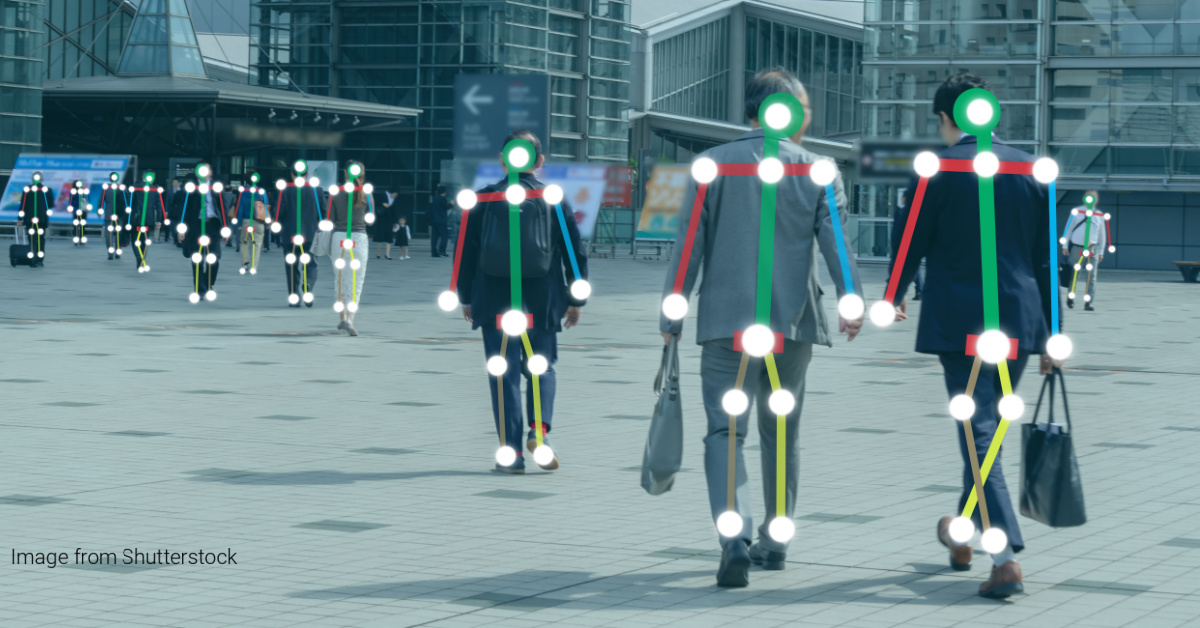All About AI Object Detection
- May 11, 2023
- Posted by: Aanchal Iyer
- Category: Artificial Intelligence

Introduction
Object detection is a crucial field of Artificial Intelligence (AI) that allows computer systems to be able to view their environment by identifying objects in videos or visual images. +-
The main goal of object detection is to create computational models that offer the most fundamental information required by computer vision applications, which is “What objects are where?”.
The main component is the object detection bounding box which detects the edges of the object and is tagged with a clear-cut quadrilateral. This is generally a rectangle or a square.
They are available with a label of the object, which could be a car, a person, or even a cat to define the target object.
Why Object Detection Matters and How It Works
Object detection is the main technology behind Advanced Driver Assistance Systems (ADAS) that perform pedestrian detection to enhance road safety and allows self-driving cars to identify driving lanes.
Object detection is also useful in applications such as video surveillance or image retrieval systems.
So, how does it work? Read on.
Object Detection with Deep Learning
One can make use of either one of the following approaches, to perform object detection using deep learning:
- Design and train a custom object detector. It is imperative to train a custom object detector. It needs to create a network architecture to learn the objects’ features. One also needs to compile a large set of labeled data to train the CNN. The results are remarkable.
- Use a pre-trained object detector. Many object detection workflows use deep learning. It makes use of transfer learning (an approach that allows one to start with a pre-trained network) and then fine-tunes it for an application. This method offers faster results as object detectors have already been trained on several images.
Object Detection with Machine Learning
Machine learning (ML) techniques are also used for object detection. They also provide different approaches than deep learning. Common ML techniques are:
- Aggregate channel features (ACF).
- SVM classification using Histograms of Oriented Gradient (HOG) features.
- The Viola-Jones algorithm for upper body or human face detection.
Just like deep learning–based approaches, a custom or a pre-trained object detector to suit an application. One needs to manually choose the identifying features of an object when using ML.
Machine Learning vs. Deep Learning for Object Detection
Selecting the best approach for object detection is based on the application and the problem that one is trying to solve.
Keep in mind while choosing between ML and deep learning whether there is a powerful GPU with several labeled training images. If the answer is no, then using an ML approach could be a better choice.
Deep learning techniques work better when there are many images and GPUs reduce the time required to train a model.
Applications of Object Detection
There are various applications of object detection in our daily lives, some key ones are:
- Surveillance, security, and traffic
Object detection in video and real-time footage is key for state-of-the-art surveillance.
- Automobile
For self-driving, object detection is compulsory for the automobile to determine whether to brake, accelerate, or turn within the very next moment.
- Medical
Although object detection will not entirely replace the expertise of specialists, it will considerably reduce the time spent analyzing millions of ultrasound scans, even x-rays, CT scans, and so on each day.
Bottom line
It’s clear that applications of object detection are prevalent in today’s world. After all, object detection models grow and innovate each day to become more accurate and solve more real-time problems of today’s world.
